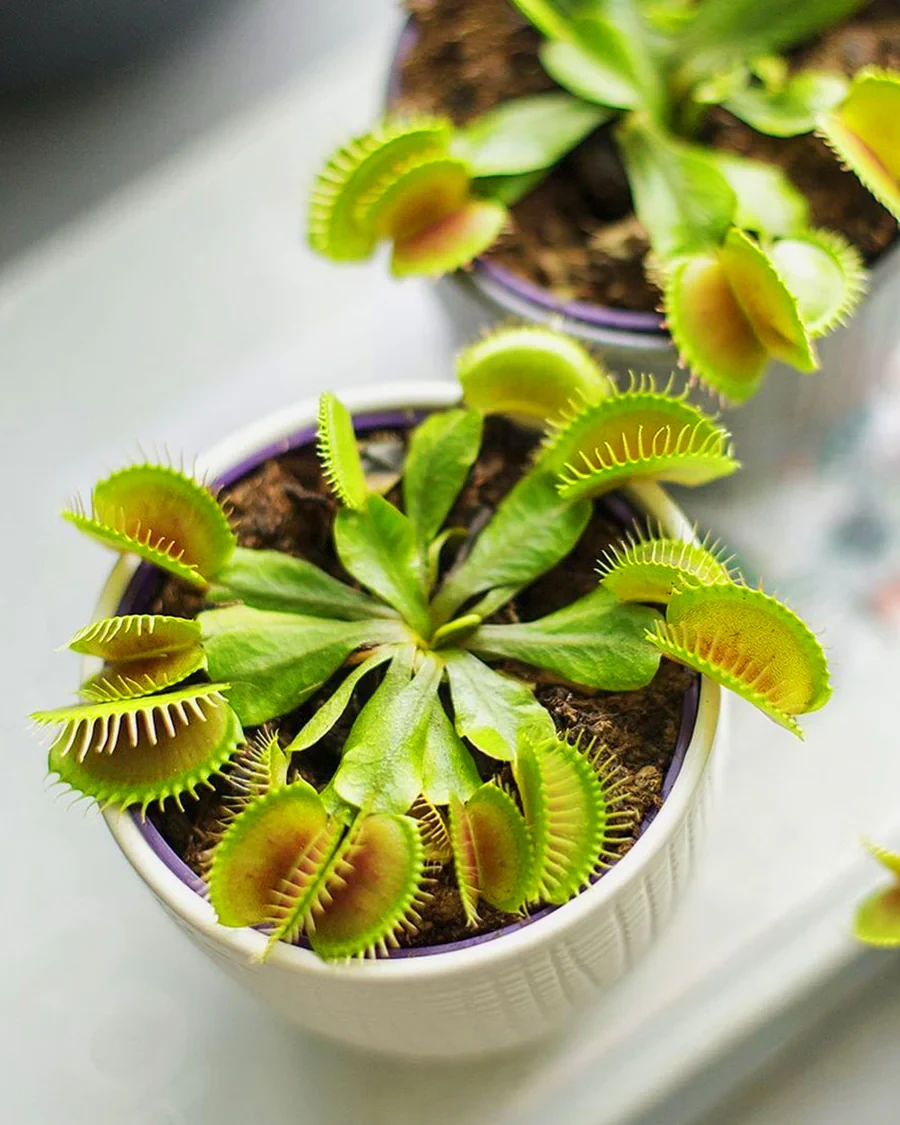
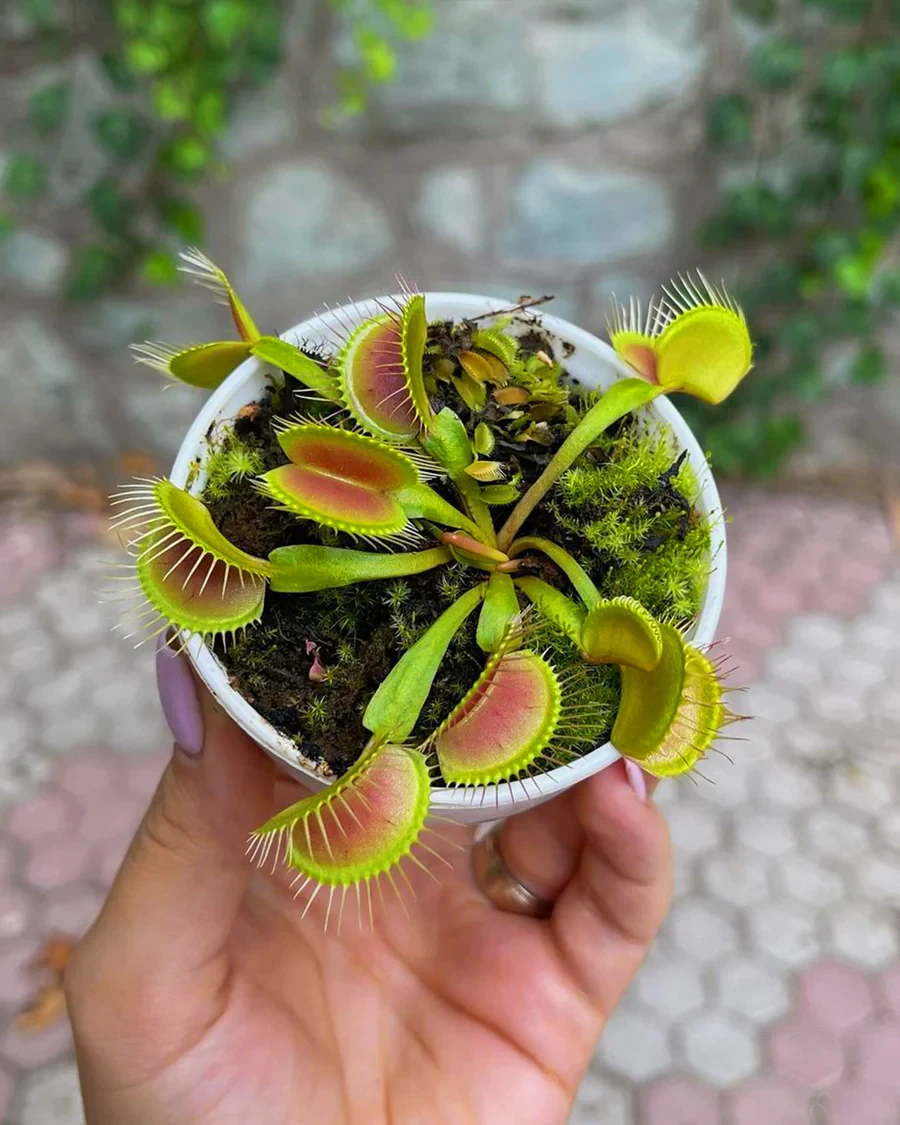
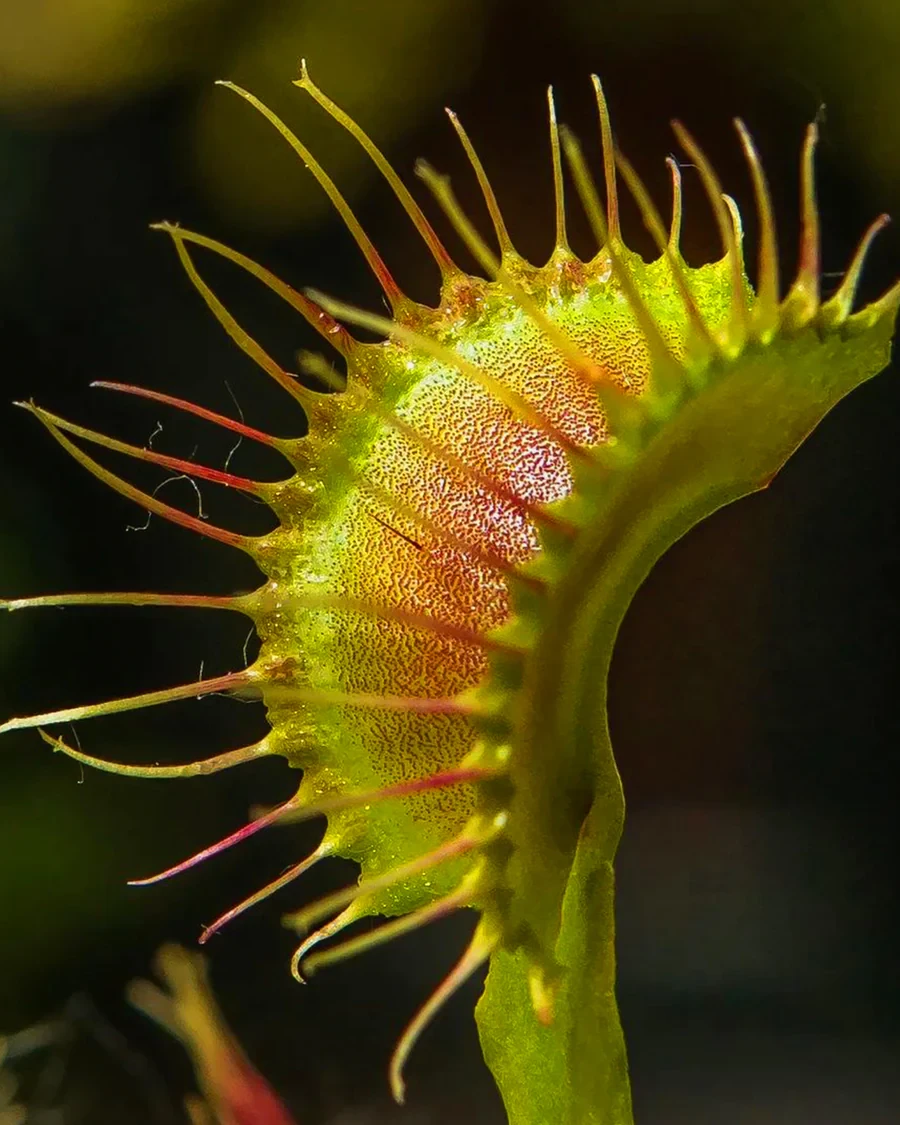
.webp)
.webp)
Large Venus Fly Trap
Approx $17.87 USD Normally: $39.99
Normally: $39.99
| Light | Bright indirect sunlight |
| Water | Use RO/Rain water & Keep soil moist |
| Pet Friendly | No |
| Difficulty | Medium Maintenance |
If you have questions then avail Free consultation on Plant Care with our team of Experts on every purchase 🤝. We too are plant lovers passionate about delivering Perfect plants, happiness, and love at every household.
*Do not use soil for potting mix - Use Sphagnum Moss & Perlite
Our Spill Proof packaging for every plant.
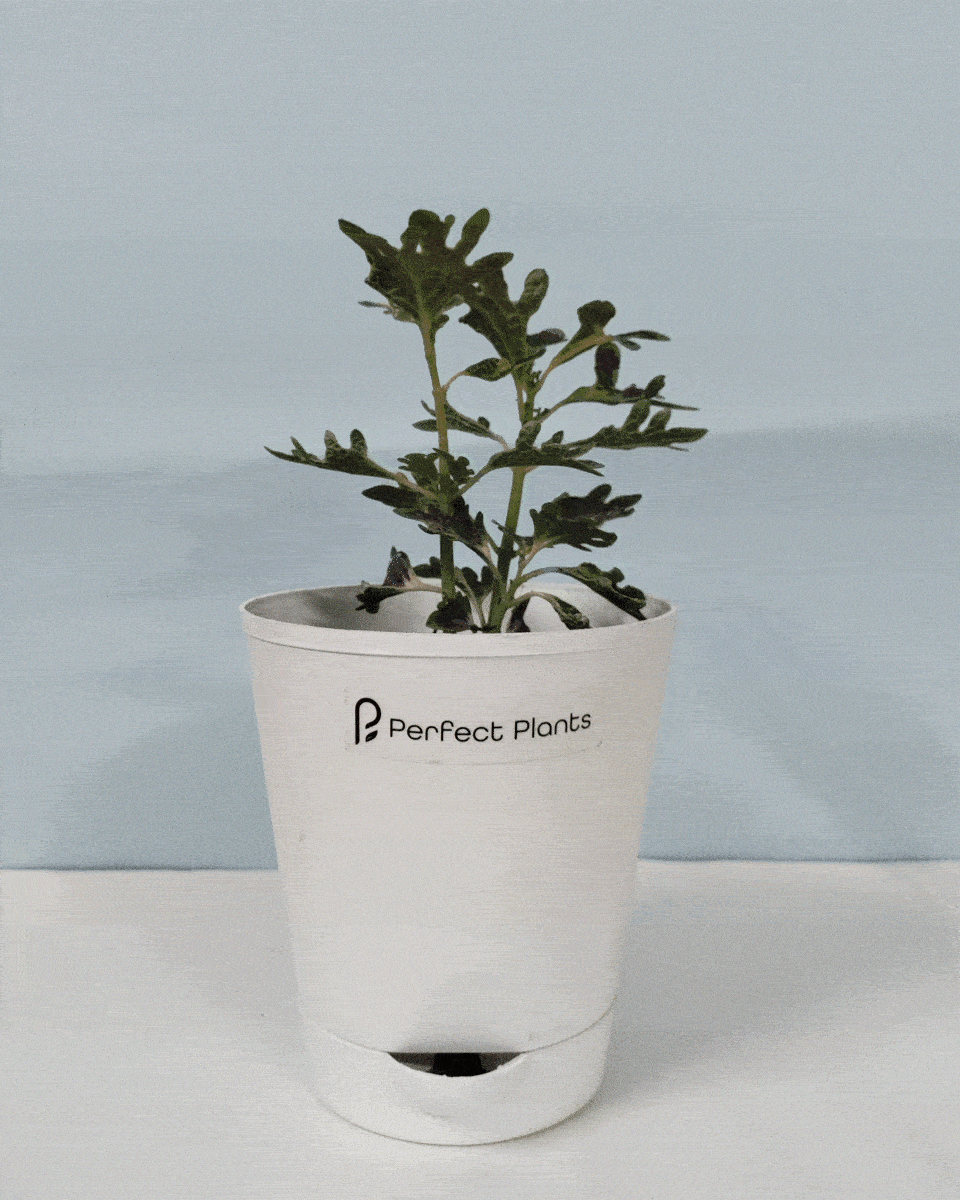
After lots of trial and Error we finally cracked the code of delivering fresh plant everytime without any damage in transit.
Large Venus Fly Trap: The Ultimate Carnivorous Plant for Your Home Garden
The Venus Fly Trap (Dionaea muscipula) is one of nature’s most fascinating and unique plants, known for its ability to capture and digest insects. A large Venus Fly Trap, in particular, offers a stunning and extraordinary addition to your home garden or indoor plant collection. With its large, jaw-like leaves and captivating feeding mechanism, the Venus Fly Trap is not only a conversation starter but also a low-maintenance, natural insect control system. Whether you are a plant enthusiast or a beginner, the large Venus Fly Trap is a must-have for those seeking to add a touch of wonder to their space.
Native to the wetlands of North and South Carolina in the United States, the Venus Fly Trap is a carnivorous plant that thrives in nutrient-poor soil, compensating for the lack of nutrients by trapping and digesting insects and other small prey. This unique feeding behavior is what makes the Venus Fly Trap so intriguing and fun to observe. As it catches its prey, it exhibits a natural mechanism of closing its "jaws" to trap the insect, making it one of the most well-known and awe-inspiring carnivorous plants in the world.
What Makes the Large Venus Fly Trap Stand Out?
The Venus Fly Trap’s impressive size and mechanical ability to trap prey make it stand out from many other plants. A large Venus Fly Trap has several unique features that make it a valuable and attractive addition to any garden or indoor space.
1. Impressive Size and Appearance
A large Venus Fly Trap typically has traps that can grow to be 3-4 inches in length, much larger than the standard size found in smaller varieties. This makes the large Venus Fly Trap an even more captivating spectacle. The traps are green or red in color and have hinged lobes lined with spiky teeth-like structures called cilia. Inside the traps, there are tiny hairs that act as sensory triggers. When these hairs are touched twice within 20 seconds, the trap snaps shut, capturing the prey inside.
The large size of the Venus Fly Trap's lobes and the dramatic nature of its trap mechanism make it an impressive feature for any plant lover’s collection. Its dynamic appearance and captivating feeding process make it a popular attraction for both casual observers and seasoned horticulturists alike.
2. Natural Insect Control
One of the main reasons people grow large Venus Fly Traps is their natural ability to help control insect populations. Unlike traditional insect traps or pesticides, the Venus Fly Trap offers a natural, chemical-free solution to keep unwanted insects at bay. Whether you have flies, ants, or mosquitoes around your home or garden, these carnivorous plants act as an effective means of insect control.
While they do not solely rely on insects to survive (they can still photosynthesize like any other plant), Venus Fly Traps can capture several bugs per week, depending on their size and the amount of sunlight they receive. This makes them not only an intriguing plant but also a practical tool for those looking to reduce pests naturally in their homes or gardens.
3. Low Maintenance and Easy Care
Despite their reputation for being carnivorous, Venus Fly Traps are surprisingly easy to care for. The large Venus Fly Trap, like its smaller cousins, requires minimal maintenance to thrive. Key care tips for this plant include:
- Light: Venus Fly Traps require at least 4 hours of direct sunlight a day. They can be grown indoors near a sunny window or outdoors in a bright spot.
- Water: These plants thrive in moist, acidic soil. It’s essential to water them with distilled or rainwater, as tap water often contains minerals that can harm the plant. Keep the soil consistently moist, but avoid overwatering.
- Feeding: Venus Fly Traps need to catch insects for nourishment, but they can survive without food for several weeks. If they are grown indoors and do not catch prey naturally, you can feed them small insects such as flies, ants, or spiders. Avoid feeding them anything larger than the size of the trap itself.
- Temperature and Humidity: These plants prefer warm, humid environments. If growing indoors, keep them in temperatures between 70-90°F (21-32°C). If humidity is low, you may want to increase it by placing a tray of water nearby or using a humidifier.
Caring for a large Venus Fly Trap is relatively straightforward, as long as you provide the appropriate conditions, making it suitable for both beginners and experienced plant enthusiasts.
How the Venus Fly Trap Catches Its Prey
The Venus Fly Trap’s hunting mechanism is one of the most remarkable features of this plant. The trap itself is a modified leaf, and it functions like a jaw with hinged lobes. On the inner surface of these lobes, there are three to four sensitive trigger hairs. When an insect or small prey touches these hairs, the trap closes in less than a second. This fast movement is one of the fastest known plant movements.
Once the trap is closed, the plant secretes digestive enzymes that break down the prey into nutrients, which the plant absorbs. This process can take anywhere from 5 to 12 days, depending on the size of the prey and environmental conditions. After digestion, the trap reopens, and the indigestible parts (such as exoskeletons) are discarded, leaving the trap ready to catch its next meal.
While the large Venus Fly Trap can capture larger prey due to its bigger size, it typically still focuses on insects such as flies, beetles, and other small invertebrates. The plant’s feeding process is not only fascinating but also provides a natural way of supplementing the plant’s nutrient intake, allowing it to thrive in poor soils where other plants would struggle.
Benefits of Growing a Large Venus Fly Trap
1. Educational Value
The large Venus Fly Trap is a fantastic plant for learning about the natural world, biology, and ecosystems. It serves as a living example of a carnivorous plant that captures and digests its prey, making it a perfect addition to educational settings or for plant enthusiasts looking to expand their knowledge. Children and adults alike can marvel at the plant’s mechanical traps and learn about its unique adaptation to a nutrient-poor environment.
2. A Conversation Starter
With its dramatic appearance and fascinating feeding habits, the large Venus Fly Trap is an excellent conversation starter. Whether you place it in your home or garden, it is sure to capture the attention of guests. Its unusual nature and the mystery surrounding its insect-catching ability will spark curiosity and discussion among those who encounter it.
3. Natural Pest Control
The Venus Fly Trap offers a natural, eco-friendly way to control pests in your home or garden. By attracting and capturing insects, it helps keep unwanted pests at bay without the need for harmful chemicals or pesticides. It’s a great option for those who want to maintain an organic garden or who prefer natural pest control methods.
How to Grow and Care for a Large Venus Fly Trap
Growing a large Venus Fly Trap is easy, provided that you follow a few key steps:
-
Choose the Right Location: Venus Fly Traps thrive in sunny spots. If you are growing the plant indoors, place it near a
south-facing window or under a grow light. Outdoors, choose a sunny location with well-drained soil.
-
Provide the Right Soil: Use acidic, nutrient-poor soil that is designed for carnivorous plants. Avoid using regular potting
soil, as it is too rich in nutrients for these plants.
-
Water with Distilled or Rainwater: Venus Fly Traps are sensitive to minerals in tap water. Always water them with distilled
or rainwater to avoid damaging them.
-
Feed the Plant: If growing indoors, provide the plant with insects from time to time to ensure it gets the nutrients it
needs. Alternatively, you can allow it to catch its own prey if it is placed outdoors.
-
Dormancy Period: Venus Fly Traps require a period of dormancy during the winter months. During this time, reduce watering
and allow the plant to rest. It’s essential to provide this natural rest period for the health of the plant.
Conclusion
The large Venus Fly Trap is a captivating and practical plant that offers both aesthetic appeal and natural pest control. Whether you’re an experienced gardener or a beginner, this unique carnivorous plant adds a sense of wonder to any space. With minimal care, you can enjoy watching it catch insects, providing you with a natural way to enhance your environment while also learning about the fascinating world of carnivorous plants. Add a large Venus Fly Trap to your collection today, and experience the magic of this extraordinary plant.

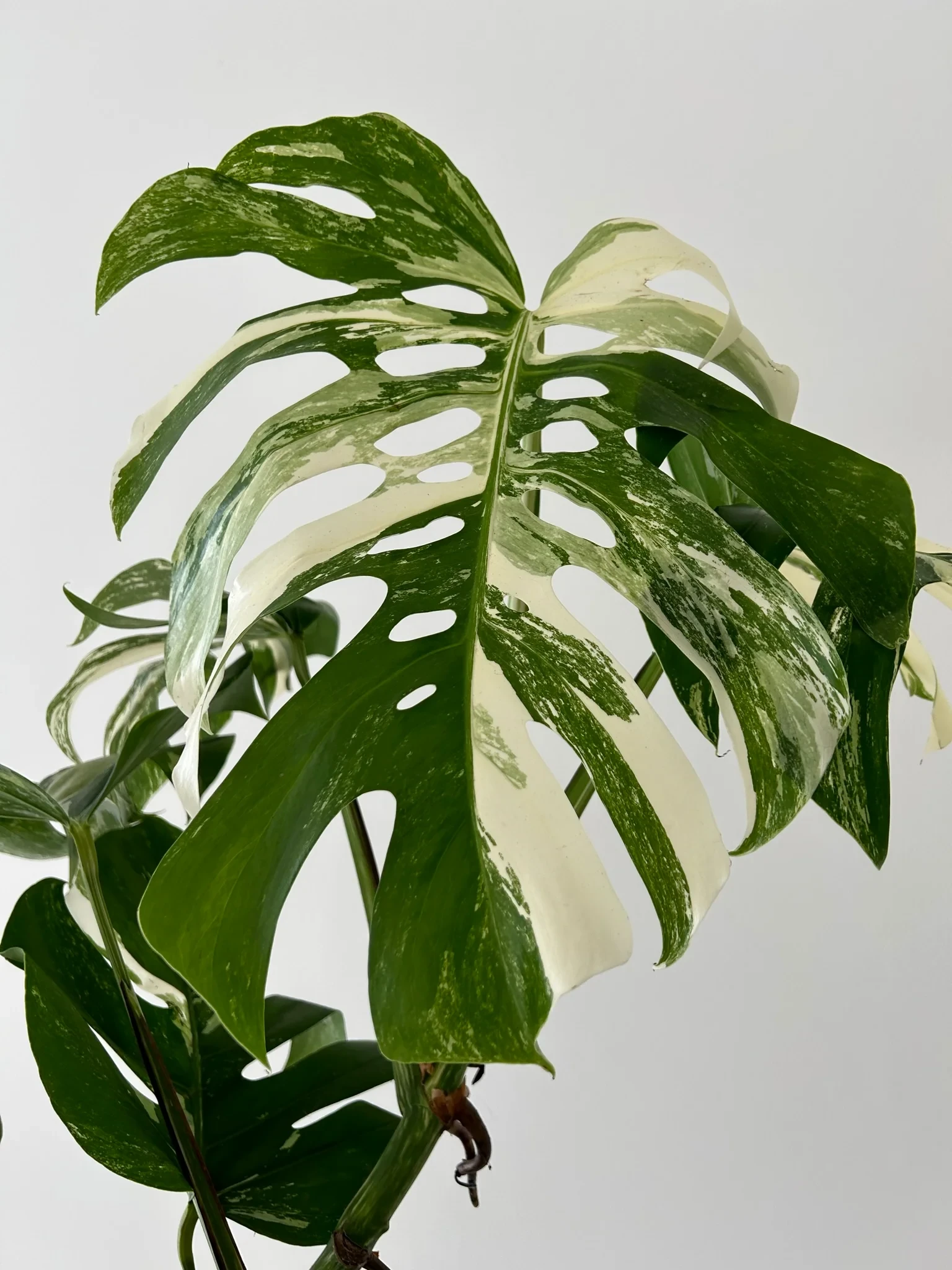
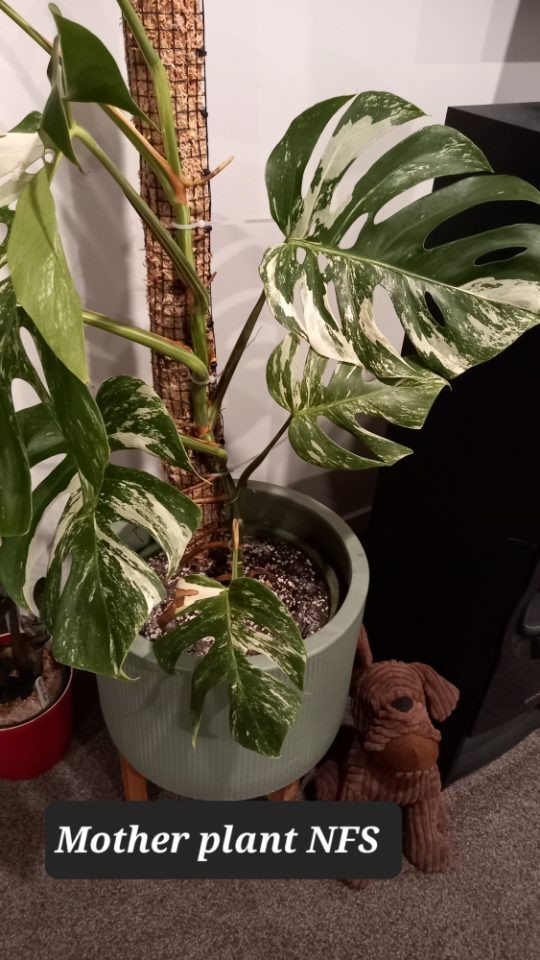

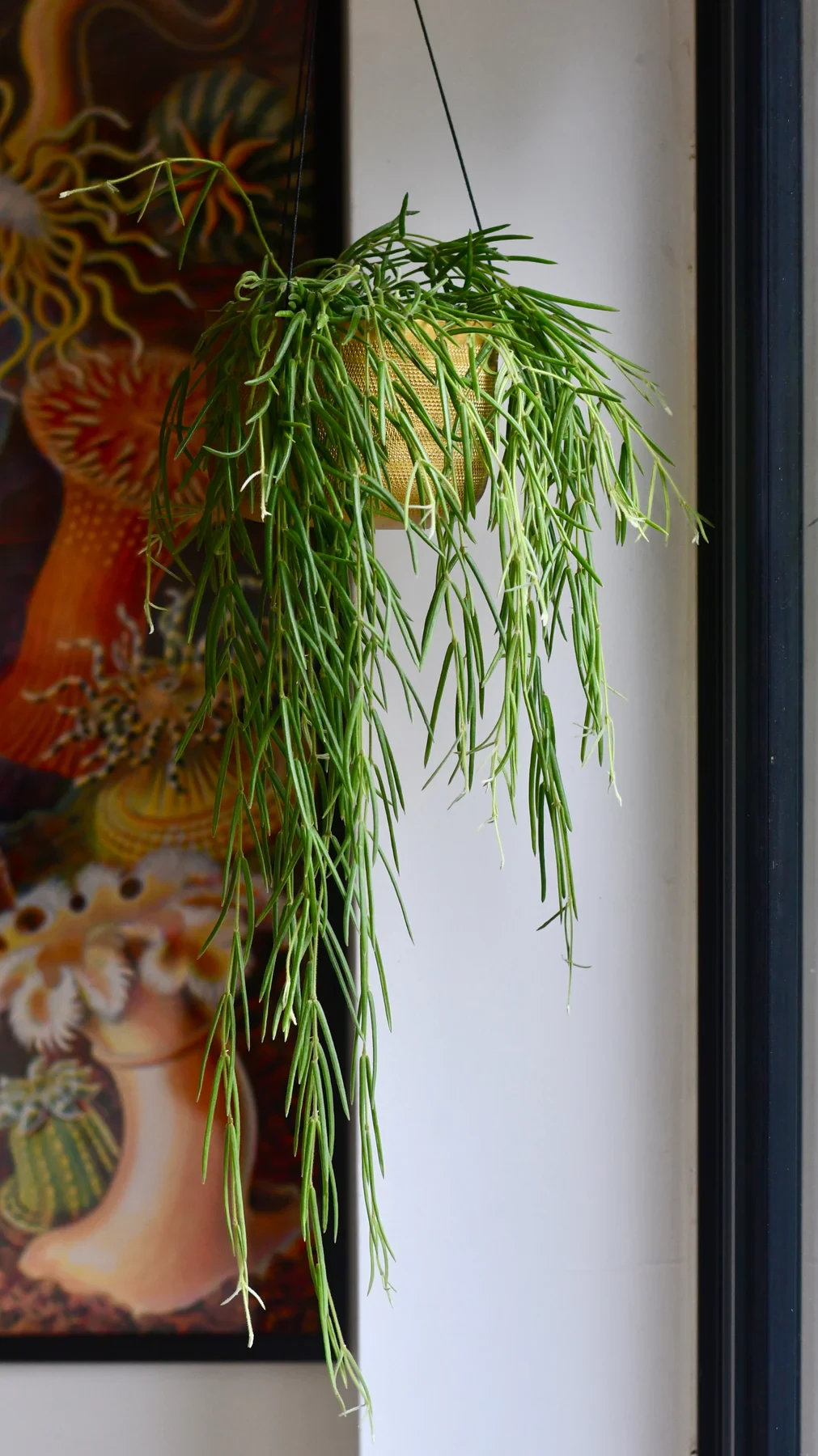
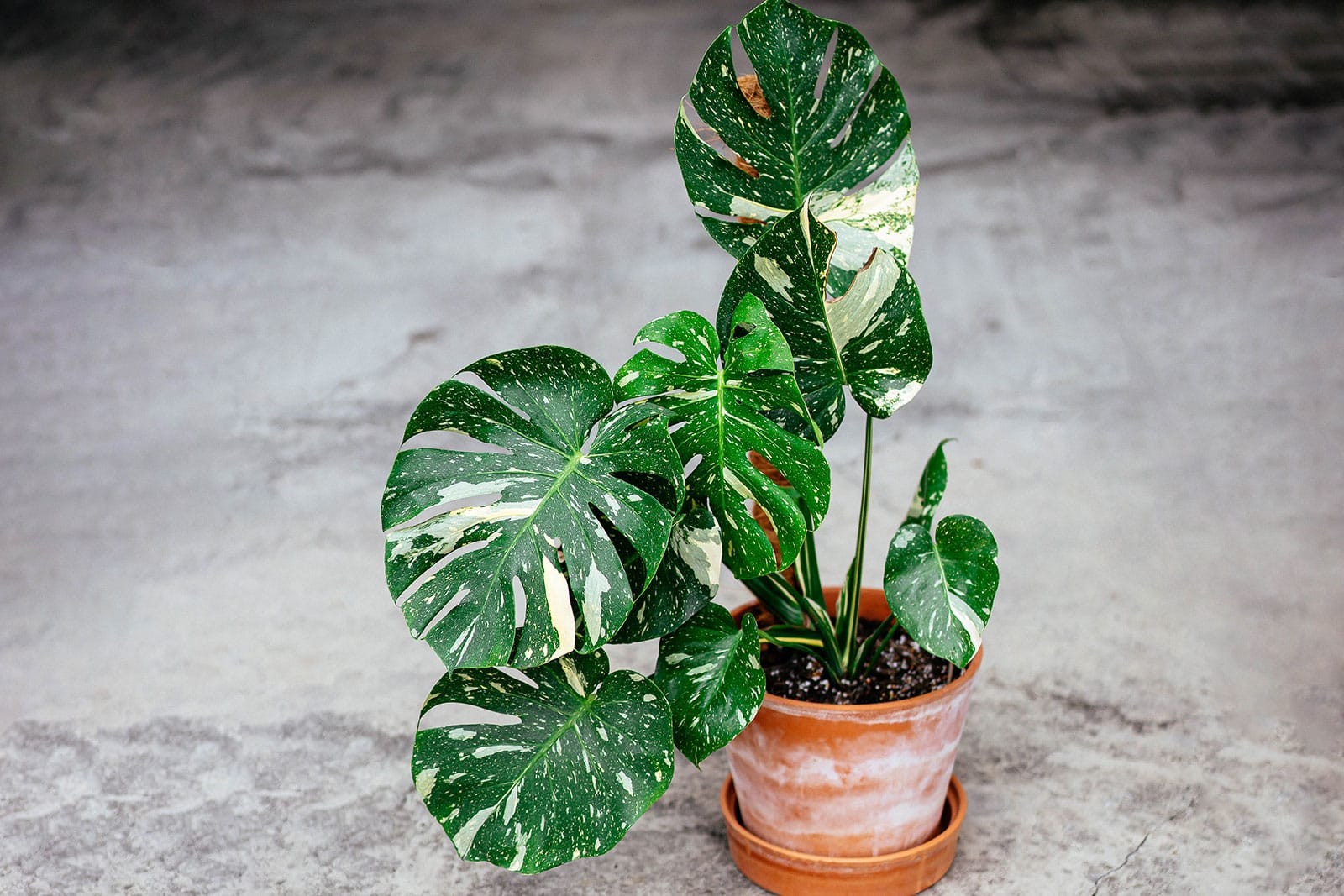
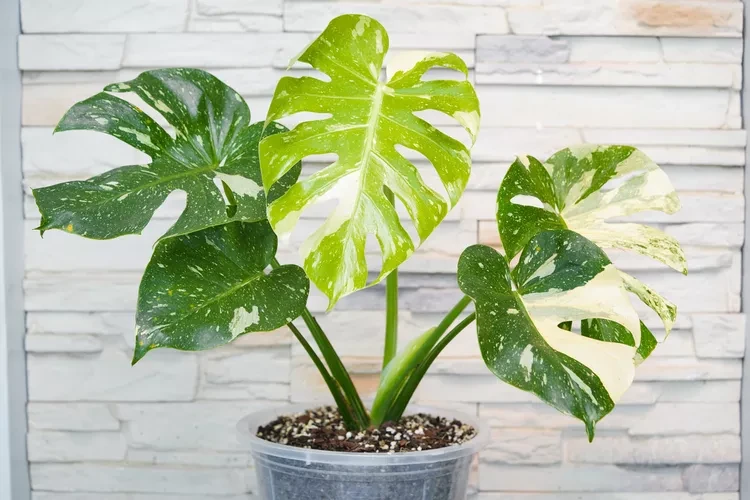
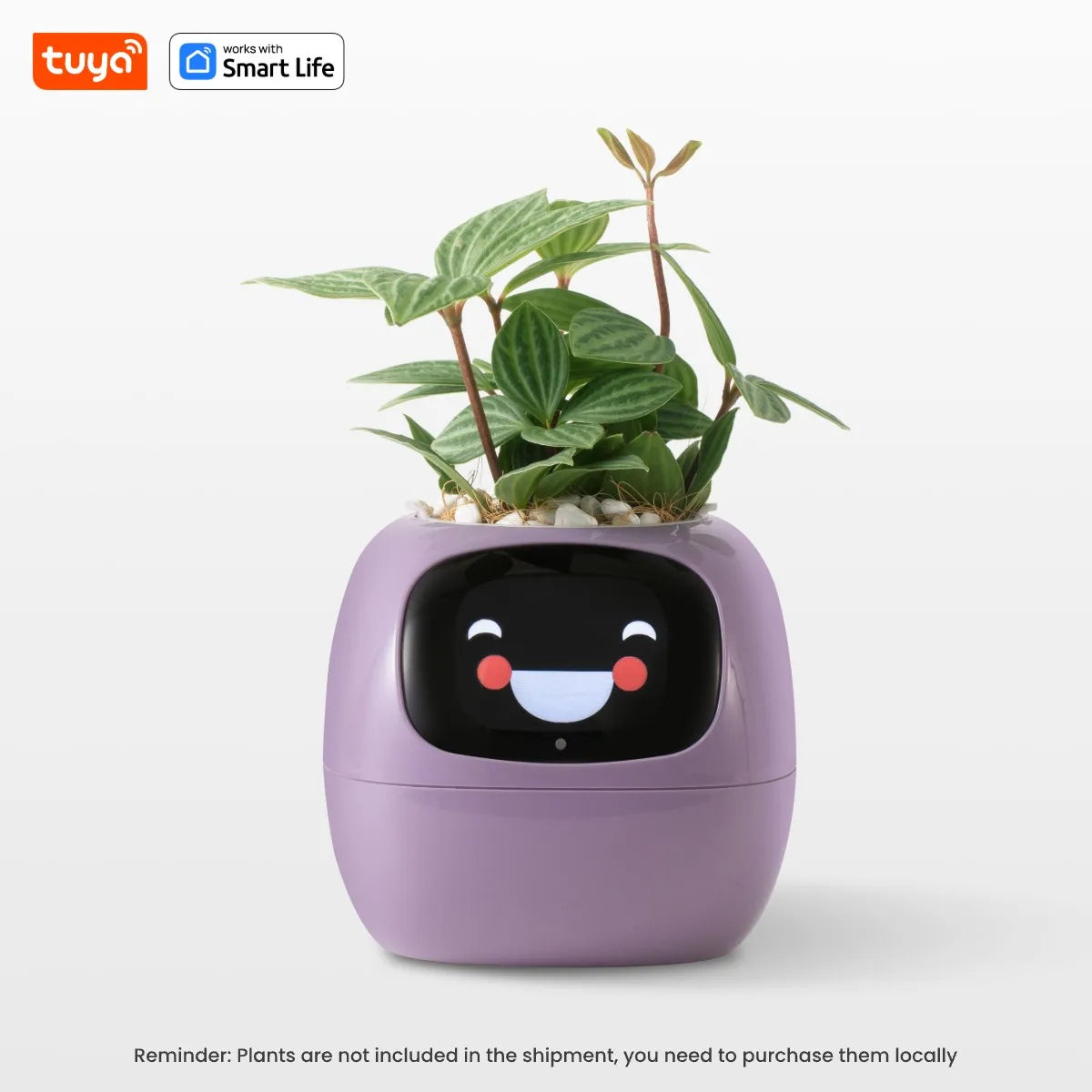


.jpg)

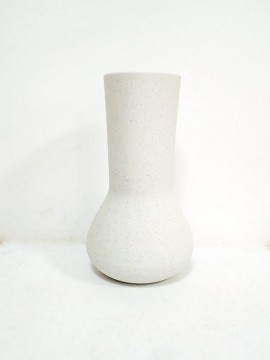
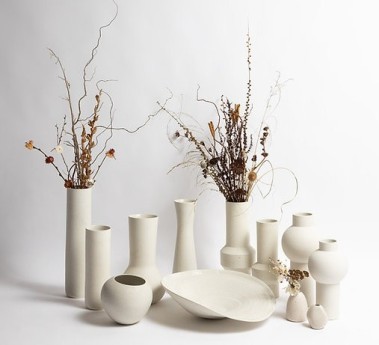
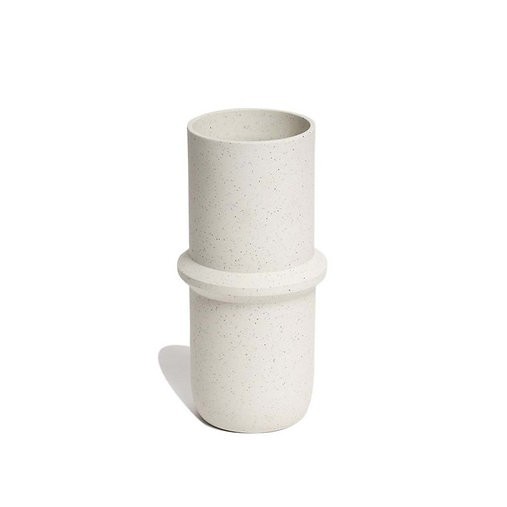









.jpg)














































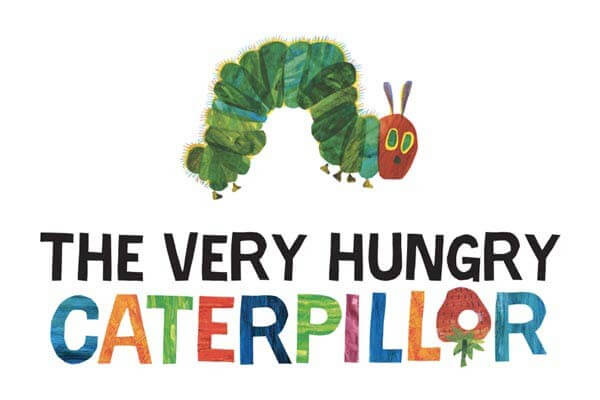

ulva-Logo.jpg)
